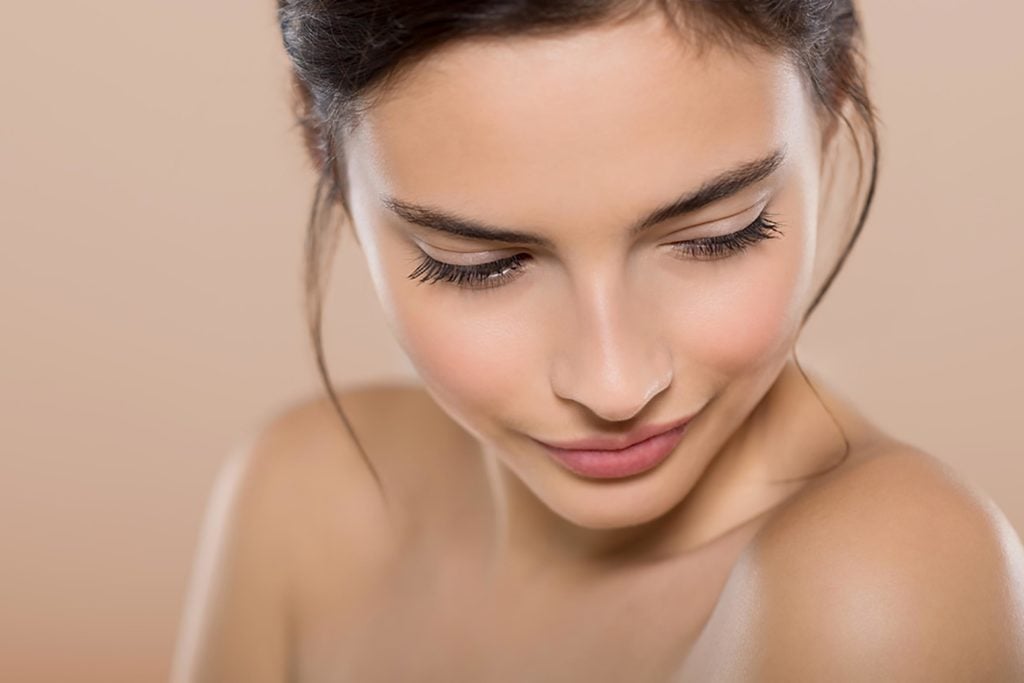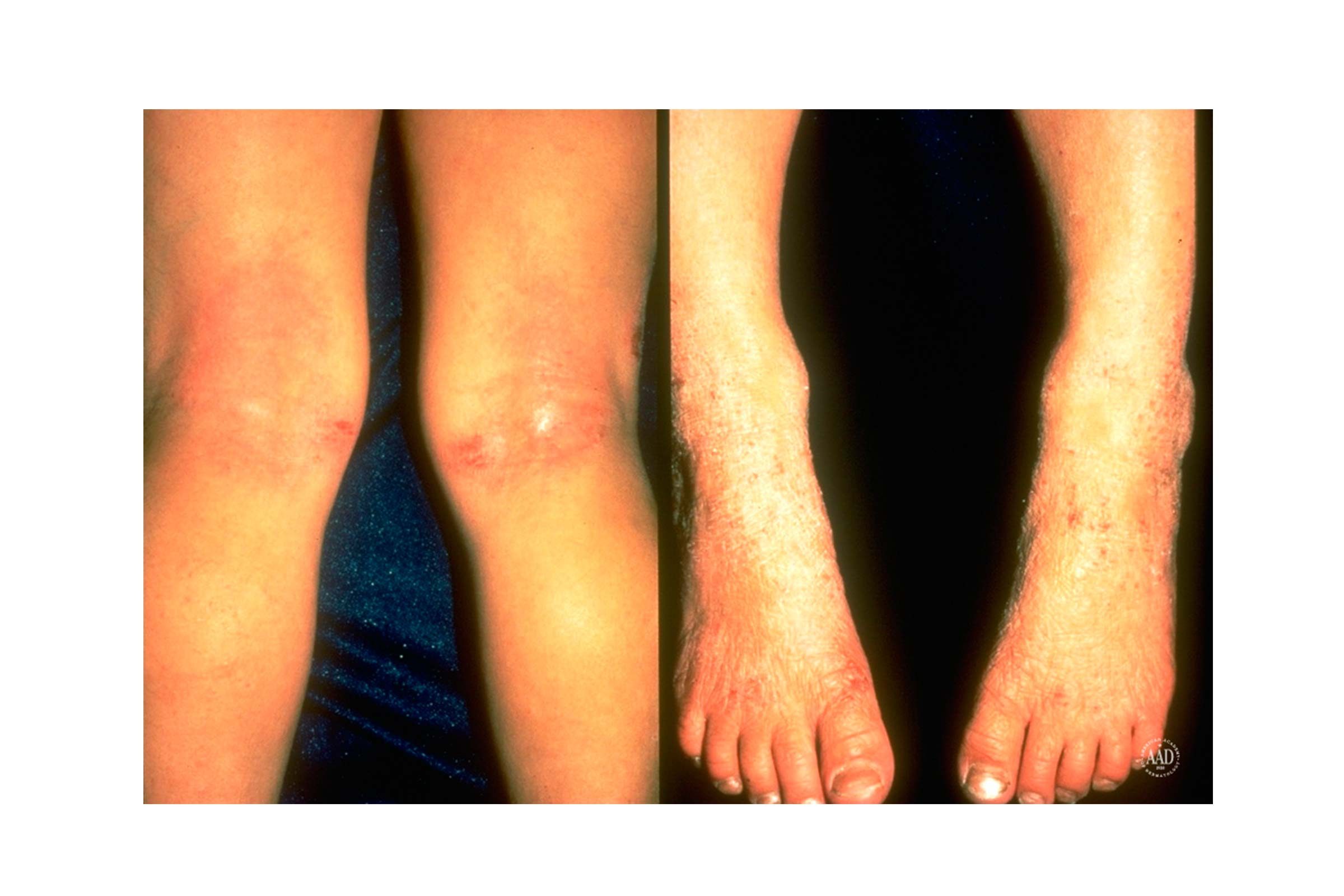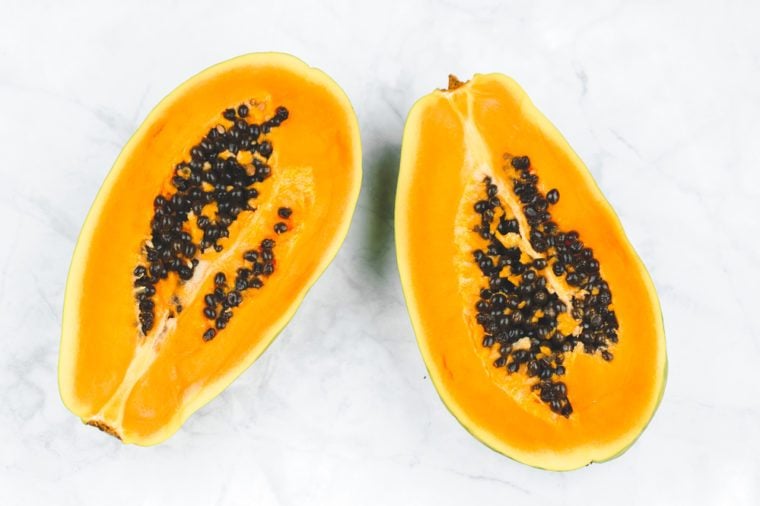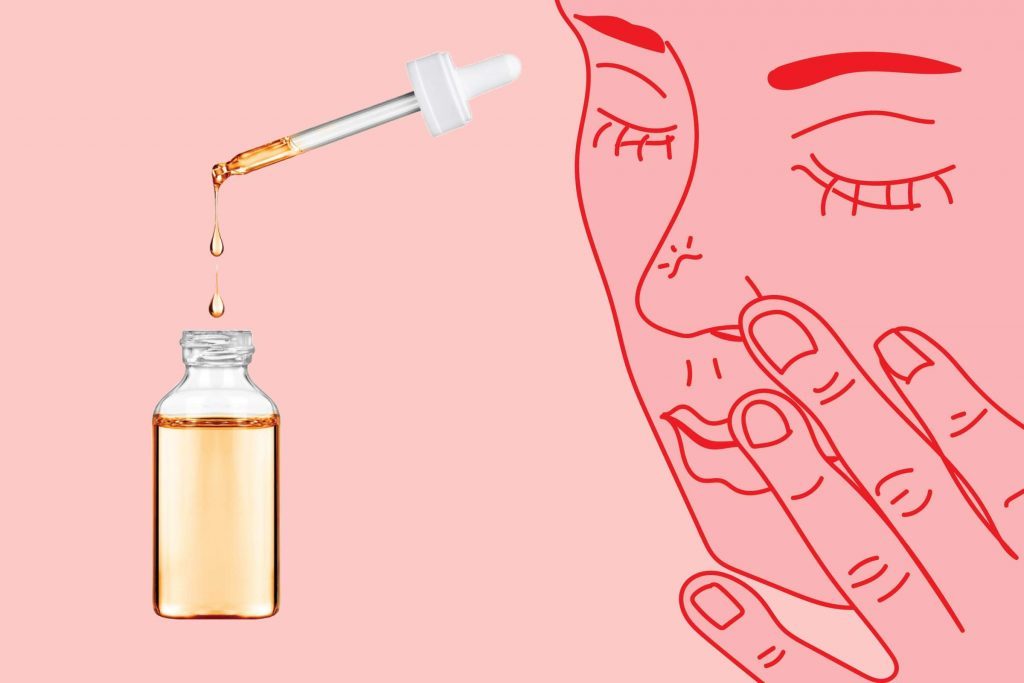What is a panic attack?

There’s a big difference between feeling nervous and having a full-blown panic attack. “A panic attack is a sudden state of intense fear or panic that often appears to come out of the blue,” explains Oklahoma City-based therapist Thai-An Truong, LPC, LADC. She says that the symptoms will peak in minutes and last about half an hour, but most people will feel the exhaustion and residual effects hours afterward. According to Truong, the most common symptoms are increased heart rate, heart palpitations, chest pain, sweating, shaking, difficulty breathing, and hyperventilating. What causes panic attacks depend on the individual, so identifying your personal panic attack triggers may help you to manage them. By cutting out some of these habits—with the help of a therapist if necessary—you may notice a difference in your overall anxiety levels. Learn to recognize the 10 clear signs of a panic attack.
The post 8 Everyday Habits That Could Trigger a Panic Attack appeared first on Reader's Digest.
from Health – Reader's Digest http://bit.ly/2EMutMd
8 Everyday Habits That Could Trigger a Panic Attack Health – Reader's Digest
 Look around a coffee shop and you’ll see a good number of people resting their face in their hands. But unless you are washing your face or applying moisturizer, hands off! According to Matthew Lee, microbiologist, “Your hands contain oils that can plug your pores and worsen your acne. The germs on your fingers can exacerbate this effect.” So to help keep your face clean and pimple-free, don’t touch. Check out the other
Look around a coffee shop and you’ll see a good number of people resting their face in their hands. But unless you are washing your face or applying moisturizer, hands off! According to Matthew Lee, microbiologist, “Your hands contain oils that can plug your pores and worsen your acne. The germs on your fingers can exacerbate this effect.” So to help keep your face clean and pimple-free, don’t touch. Check out the other  I woke up one day last summer with a lump on my wrist. I thought: Hmm, that’s weird. Being a bit (OK a lot) of a worrier, I panicked.
I woke up one day last summer with a lump on my wrist. I thought: Hmm, that’s weird. Being a bit (OK a lot) of a worrier, I panicked.

 Rosacea is a chronic, inflammatory disorder often confused with acne. “While there are multiple types, the two most common include redness of the cheeks (flushing) and an over-abundance of little visible vessels on the cheeks, as well as acne-like bumps generally more in the mid face,” says dermatologist
Rosacea is a chronic, inflammatory disorder often confused with acne. “While there are multiple types, the two most common include redness of the cheeks (flushing) and an over-abundance of little visible vessels on the cheeks, as well as acne-like bumps generally more in the mid face,” says dermatologist 
 According to
According to 